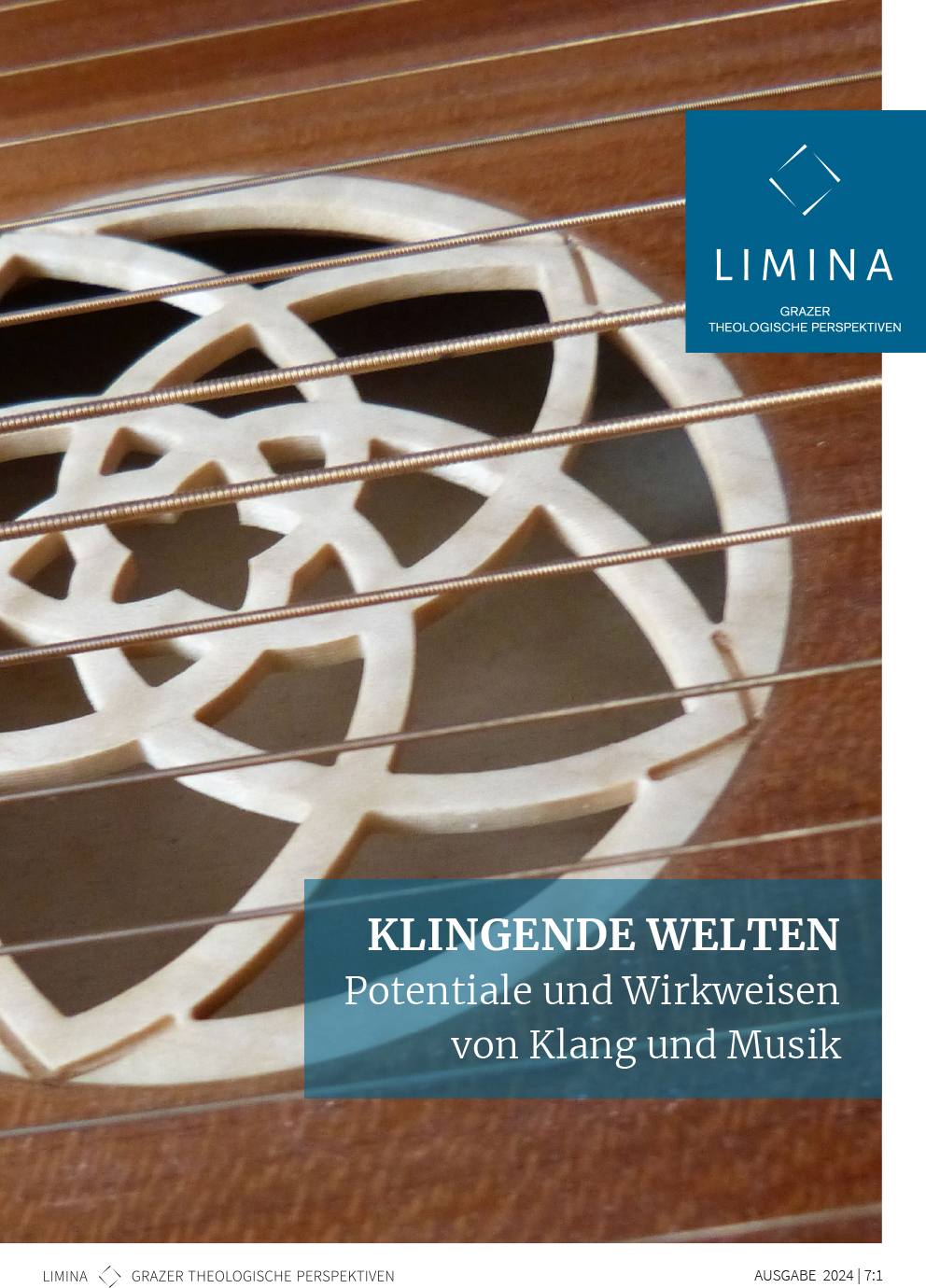Christian Sacred Buildings as Auditory Spaces Modulations from a Visual to an Auditory Language
Main Article Content
Abstract
This article endeavors to develop a sense of (Christian) sacred buildings as auditory spaces. Contrary to the paradigm of the visual as predominant (“ocularcentrism”), sacred buildings will not be considered from an optical point of view, but rather their timbre, i. e. their distinctive tonal characteristics will be explored. The article begins with a chapter focusing on the history of philosophy, which seeks to explain the relationship visual and auditory perception have with cognition. The following chapter addresses the challenges that arise when attempting to perceive architecture — a primarily visual art form — through auditory perception. In the three subsequent chapters, the article develops different motifs for considering sacred buildings from the perspective of sound. In doing so, the author first addresses the motif of configuring sacred spaces as worlds of sound and then proposes a renewal of the interconnection between music, cosmic harmony and construction. Finally, from the biblical scriptures, he develops the idea of the sacred space as a resonance chamber for the Word of God and then identifies various implications of these considerations for our present time.
Article Details

This work is licensed under a Creative Commons Attribution 4.0 International License.
The author(s) retain copyright without any restriction.
LIMINA provides immediately upon publication open access to its content. The content of this journal is licensed under the Creative Commons Attribution 4.0 International Licence. By submitting a contribution, the author(s) agree(s) to the terms of use of the CC BY licence.

